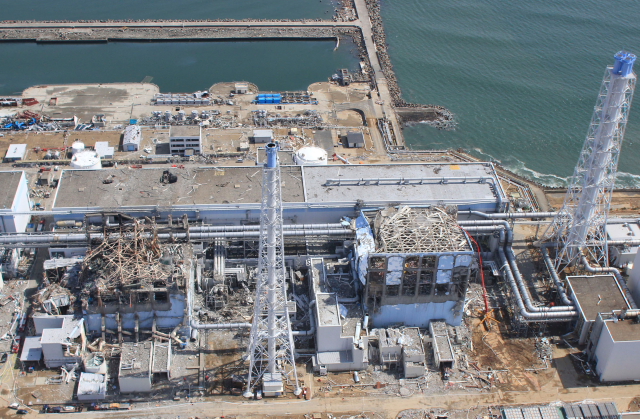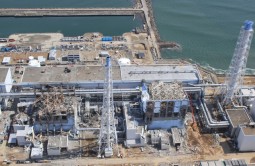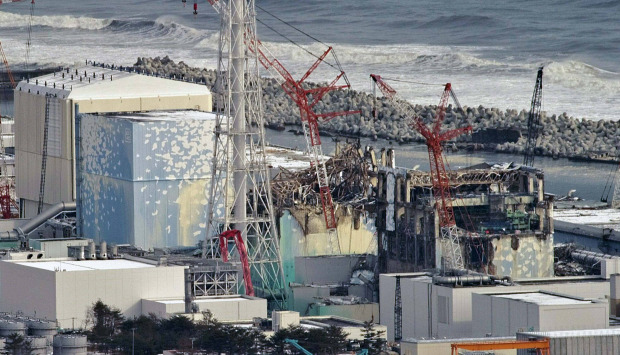 Over the Seawall (start time: 7:33): One of the key things that makes us human is our ability to problem-solve. But often our engineered fixes backfire and even make the problem we’re trying to solve much worse. How On Earth host Susan Moran interviews journalist Stephen Robert Miller about how this applies to massive seawalls, re-engineered rivers, grandiose canals (such as the Central Arizona Project) and other technological fixes that have unintended consequences. Miller’s debut book, due out next week, is called Over the Seawall: Tsunamis, Cyclones, Drought, and the Delusion of Controlling Nature (Island Press). Check out Stephen’s upcoming book talks: Nov. 2 at CU Boulder’s ATLAS 102, 7:00-8:30 p.m.; and Nov. 28 at Boulder Book Store, 6:30 p.m.
Over the Seawall (start time: 7:33): One of the key things that makes us human is our ability to problem-solve. But often our engineered fixes backfire and even make the problem we’re trying to solve much worse. How On Earth host Susan Moran interviews journalist Stephen Robert Miller about how this applies to massive seawalls, re-engineered rivers, grandiose canals (such as the Central Arizona Project) and other technological fixes that have unintended consequences. Miller’s debut book, due out next week, is called Over the Seawall: Tsunamis, Cyclones, Drought, and the Delusion of Controlling Nature (Island Press). Check out Stephen’s upcoming book talks: Nov. 2 at CU Boulder’s ATLAS 102, 7:00-8:30 p.m.; and Nov. 28 at Boulder Book Store, 6:30 p.m.
Host/Producer: Susan Moran
Engineer: Sam Fuqua
Executive Producer: Susan Moran
Headline contributors: Beth Bennett, Joel Parker, Shelley Schlender
Listen to the show here:
Podcast: Play in new window | Download (Duration: 27:15 — 37.4MB)
Subscribe: RSS







